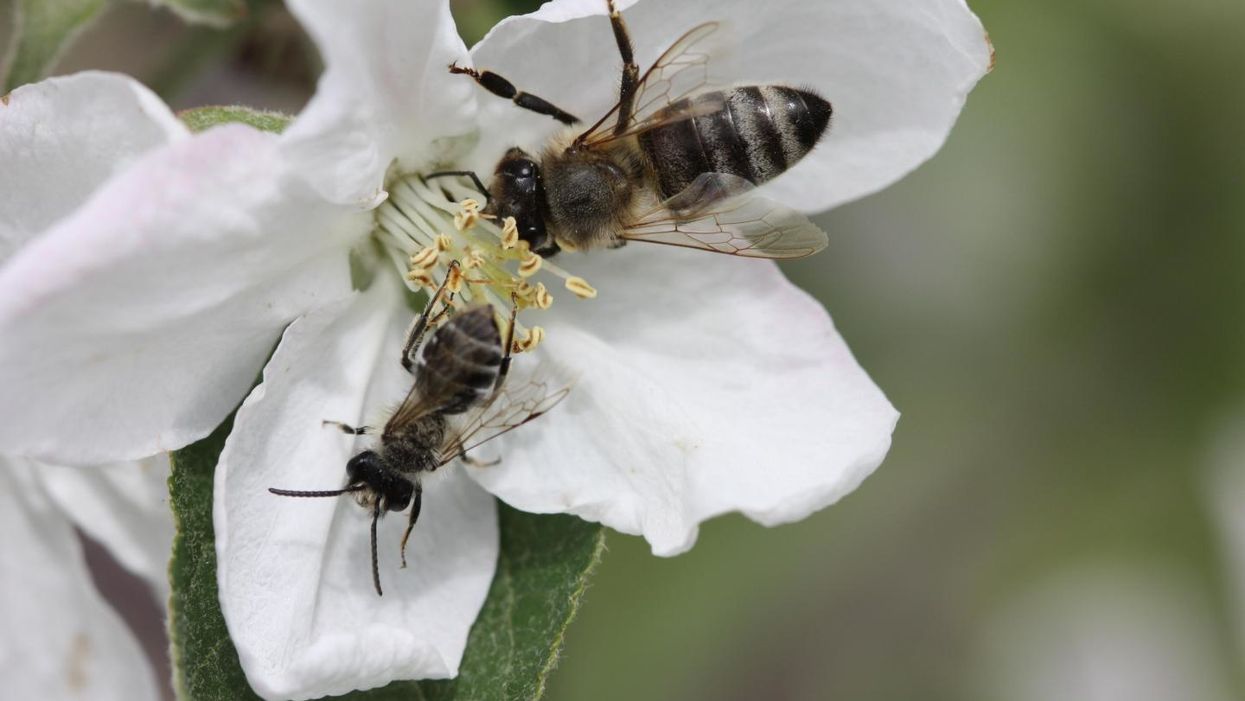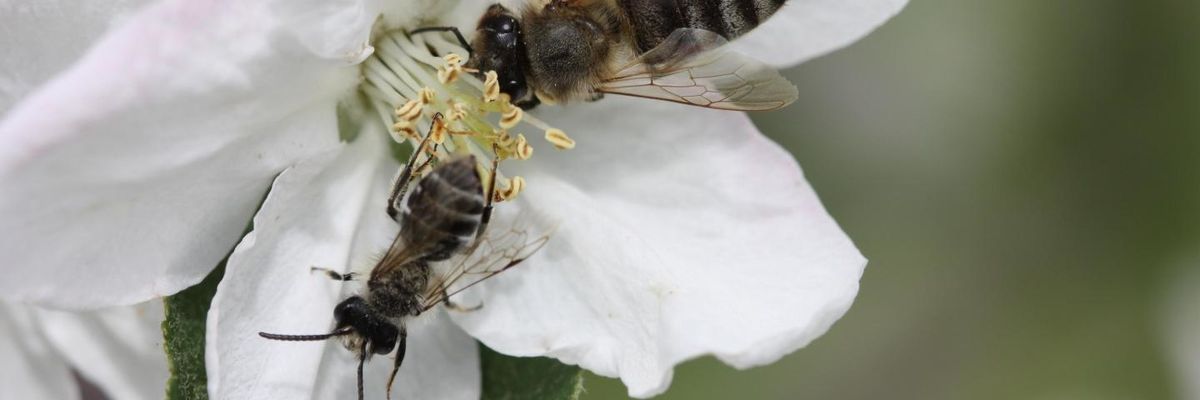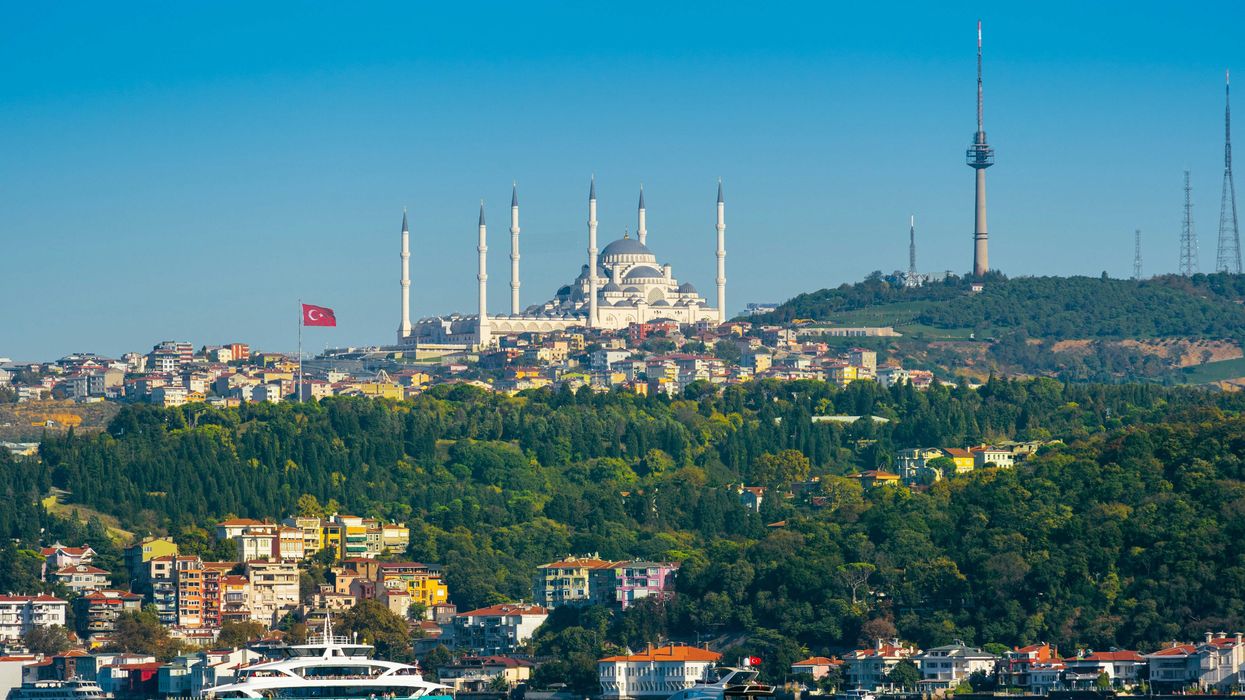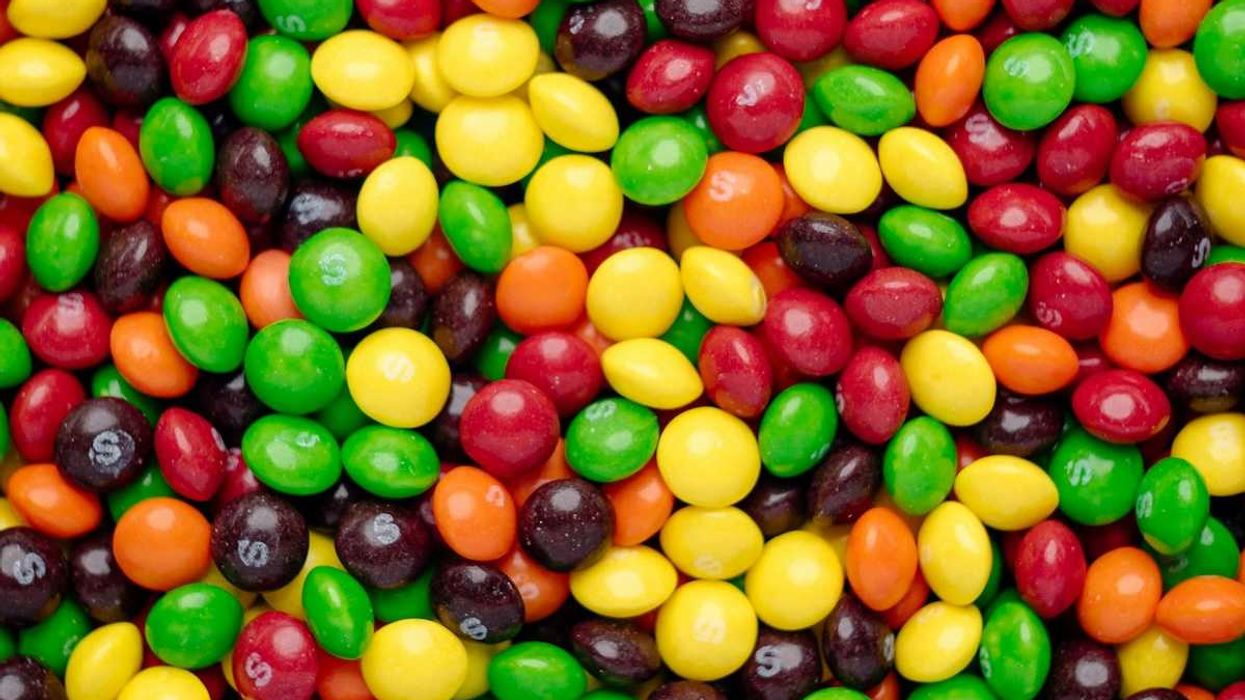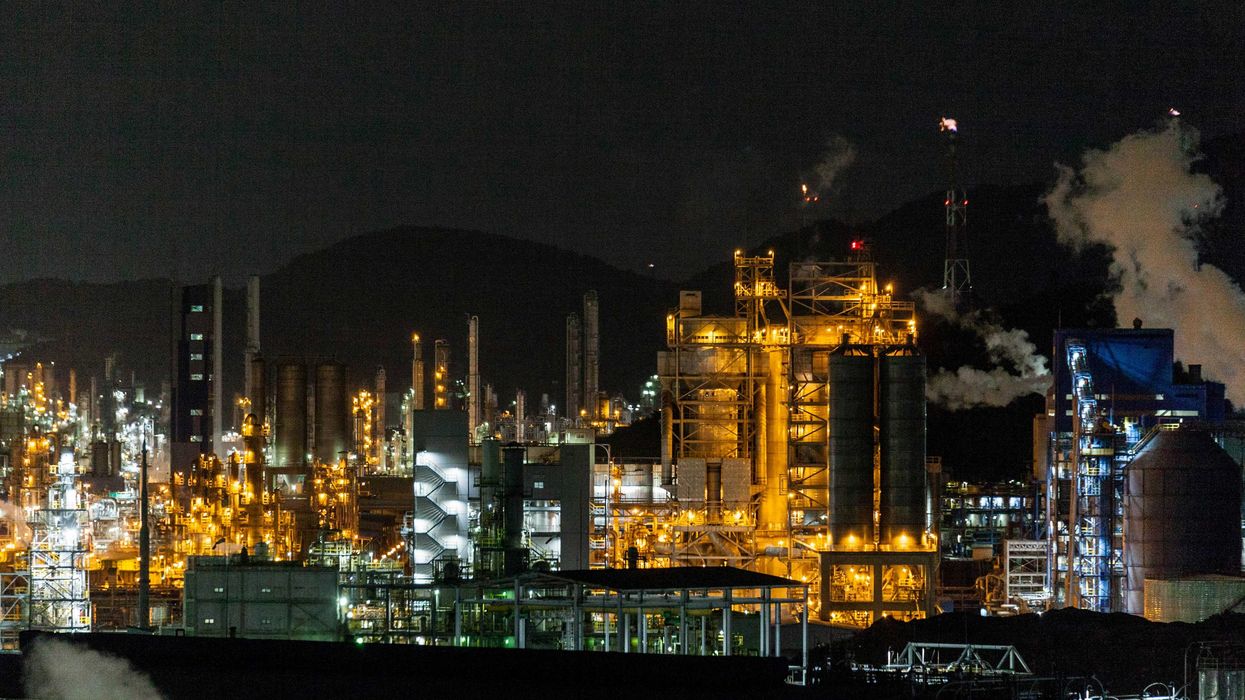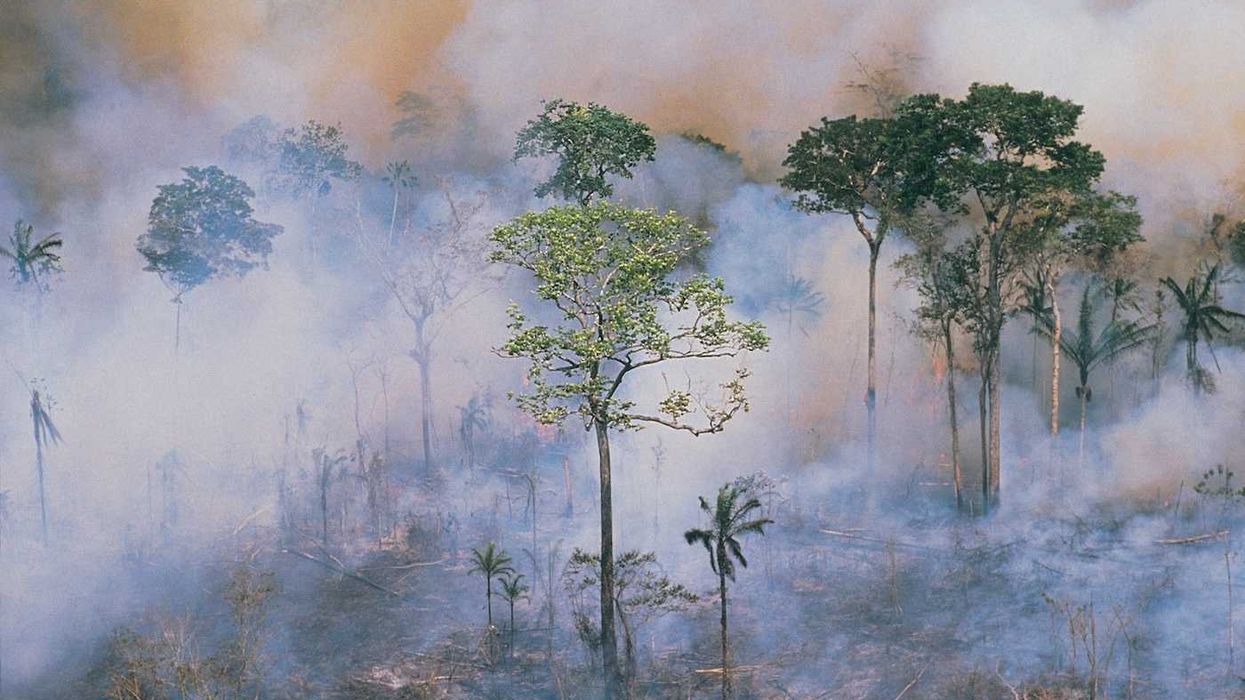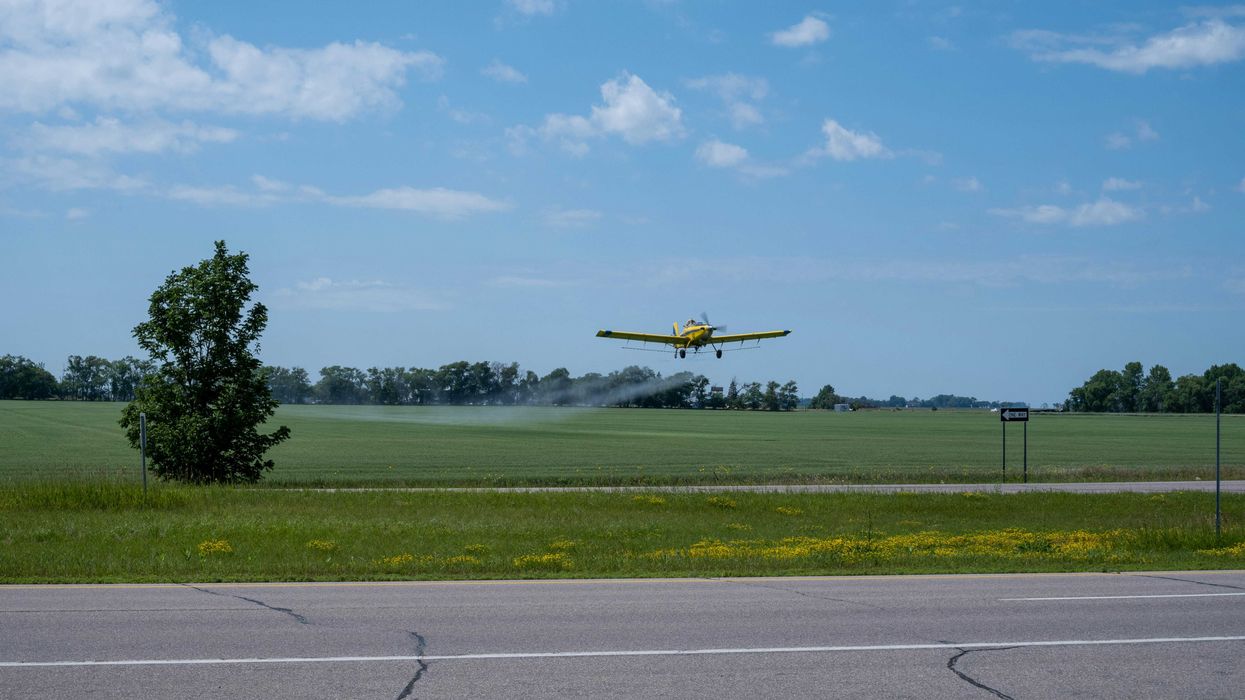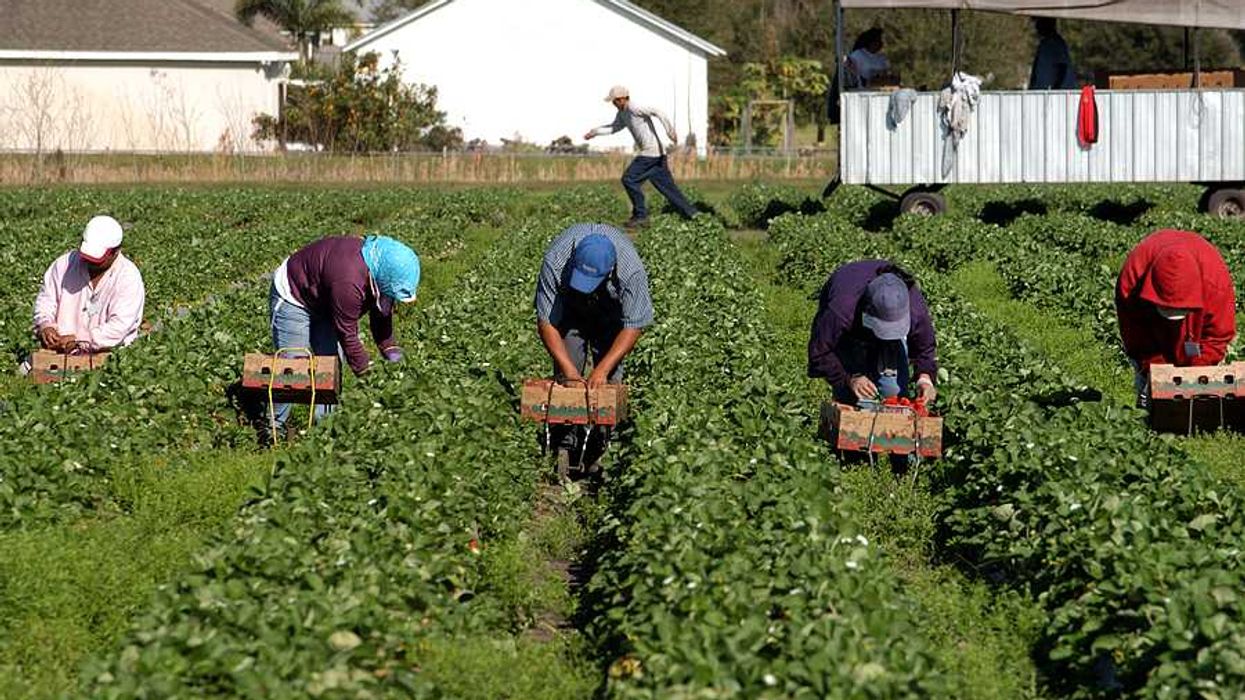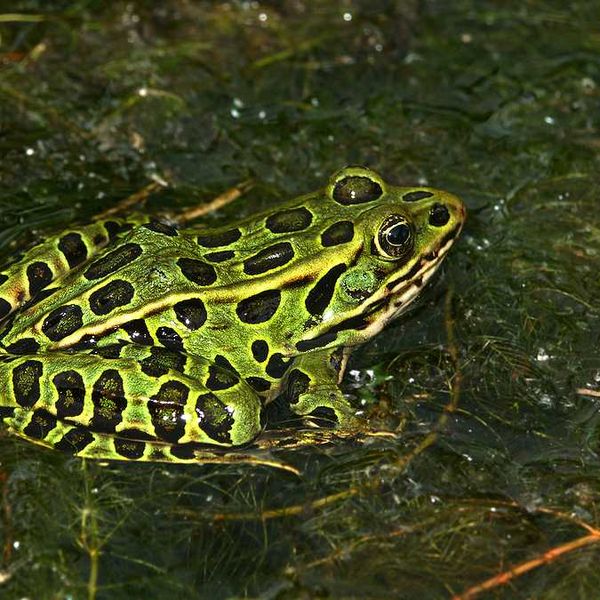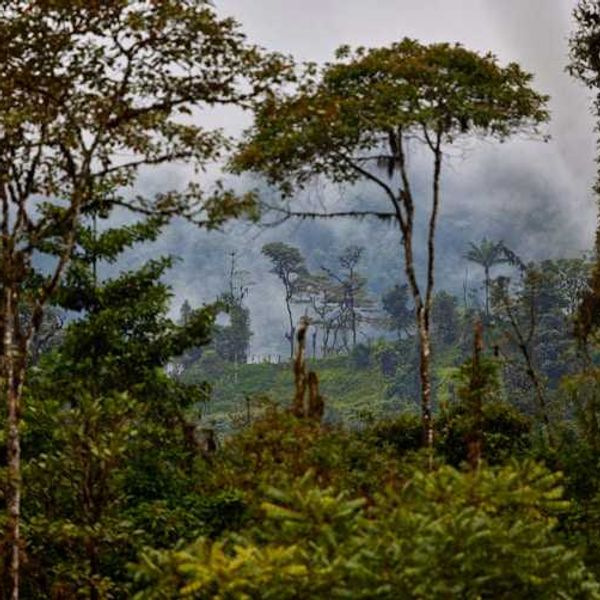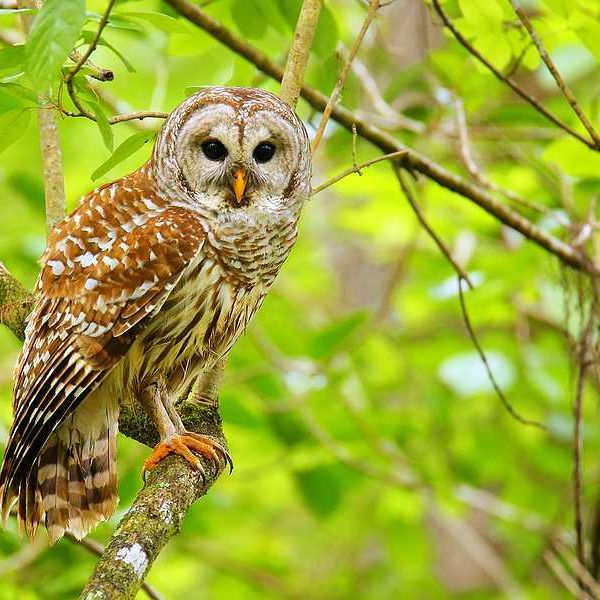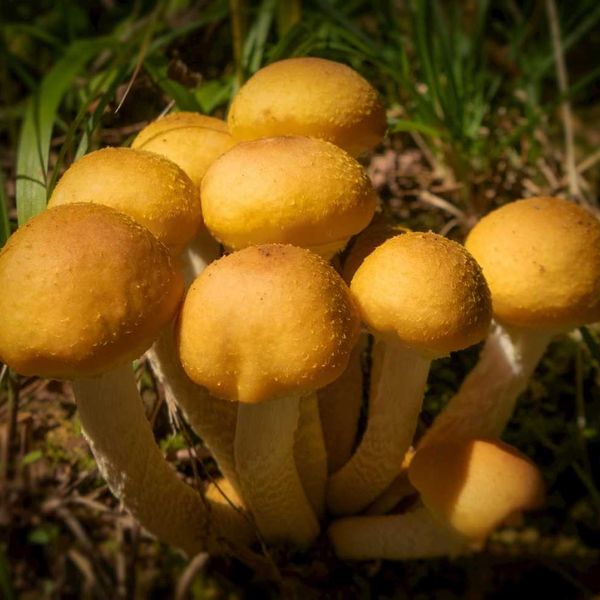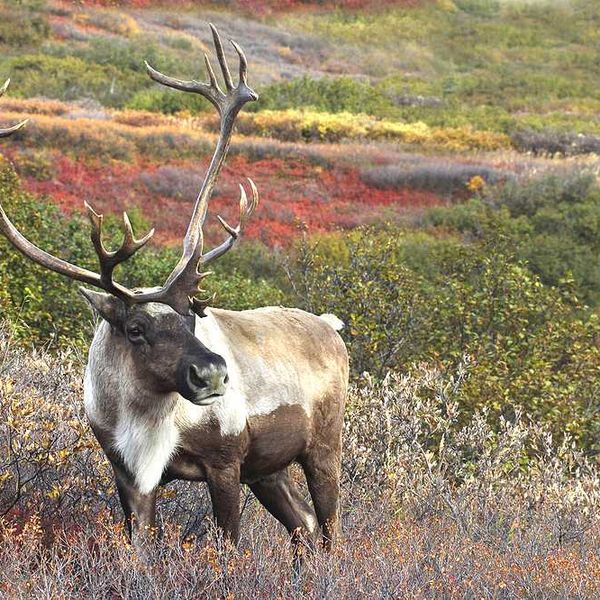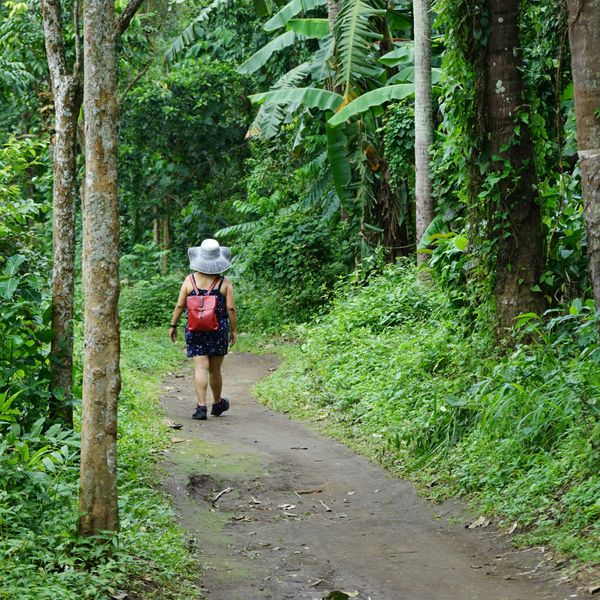As agriculture has expanded over the last few decades, global dependence on pollinator insects has increased. But crop diversity hasn't increased nearly as much – and this disparity spells trouble for many regions, especially parts of South America and Asia, according to a new study.
The research, published today in Global Change Biology and led by Marcelo Aizen at the Universidad Nacional del Comahue in Argentina, sounds what the authors describe as an "alarm call" on the mismatch between crop diversity and pollinator demand, and states that there could be environmental, social, and economic consequences from planting just one type of crop in an area, a practice called monoculture farming.
Buzzing bees and other insects work hard to gather nectar and pollen. Along the way, pollen gets stuck to their bristly bodies, and the insects pollinate flowers. Many crops are at least partially dependent on insect pollination, including fruits, nuts, and oilseeds such as soybeans.
Planting in-demand monoculture crops like soybeans can save on labor costs and bring in more money to farmers, but it comes at a price. Monoculture crops contribute to a large portion of soil erosion, and they also increase fertilizer use and pesticide use. A Cornell study found that pesticide use in the United States causes $520 million in crop loss and $1.1 billion in health costs.
"Farmers are growing more crops that require pollination, such as fruits, nuts and oilseeds, because there's an increasing demand for them and they have a higher market value. This study points out that these current trends are not great for pollinators," said David Inouye, a coauthor of the paper and professor emeritus of biology at the University of Maryland, in a press release.
There aren't enough beekeeper-managed honeybees to keep up with the increase in crops, and in addition, wild bees are declining in some areas. With too much demand on these insects to pollinate crops, a smaller proportion of plants are pollinated. And while planting more pollinator-dependent crops can sometimes help insect populations, it can also contribute to their decline via pesticide use and natural habitat loss.
In order to look at how agricultural expansion, diversity, and dependence on pollinators has changed at the global and regional scales, the researchers analyzed crop cultivation data from the Food and Agriculture Organization of the United Nations. Globally, crop diversity has increased by about 20 percent overall between 1961-2016, but the proportion of cultivated land being used to grow pollinator-dependent crops has more than doubled.
Regionally, there was a lot of variation. In Africa, there have been high rates of agricultural expansion, but pollinator dependence hasn't increased as much. This is due to planting more non-pollinator-dependent crops. In Europe, by contrast, pollinator dependence has increased even though agricultural area has decreased, because crops that don't depend on pollinators are being replaced with crops that do.
In some regions, productivity is especially at risk. These areas include South American countries like Brazil, Argentina, Paraguay, and Bolivia, where soybean monocultures have increased. "Soy production has risen by around 30 percent per decade globally. This is problematic because numerous natural and semi-natural habitats, including tropical and subtropical forests and meadows, have been destroyed for soy fields," said Aizen in a press release. Certain Asian countries such as Malaysia and Indonesia are in a similar situation due to increases in palm oil production.
The authors of the study suggest that different farming practices could help increase biodiversity. These practices include switching up the types of crops planted in an area, planting multiple crops in the same field, and planting crops such as corn and wheat that are pollinated by wind or self-fertilized and do not rely on insects.
"The bottom line is that if you're increasing pollinator crops, you also need to diversify crops and implement pollinator-friendly management," said Inouye.
- Climate, justice, and the deep roots of regenerative farming - EHN ›
- Glyphosate may be harming bumblebee hives - EHN ›

